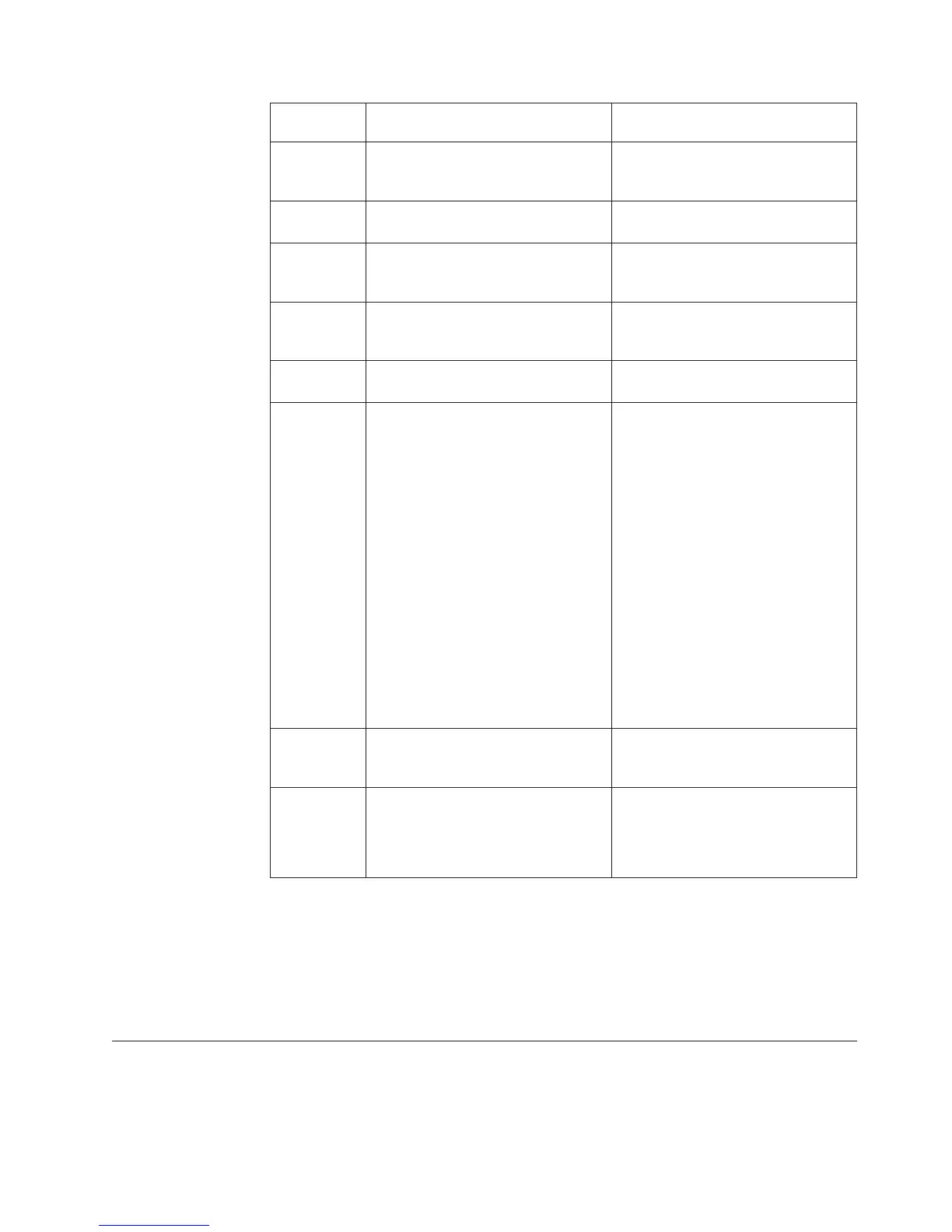Search
character Search results Example
~ Zero or one occurrence of the
preceding character or
sub-expression
files~ finds file and files, but not
filed.
* Zero or more occurrences of any
characters except newline
can* finds can and Canada.
# Zero or more occurrences of the
preceding character or
sub-expression
filex# finds file and filexxx.
@ One or more occurrences of the
preceding character or
sub-expression
filex@ finds filex and filexxx, but not
file.
| Either the preceding character or
sub-expression, or the following one
localis|ze finds either localise or
localize.
[ ] Any character within the brackets
- Ranges of characters within
brackets can be used by using a
hyphen. For example, [a-m]xxxxxx
finds any word that begins with any
letter from a to m, followed by
xxxxxx.
- A hyphen at the start of the
information is an exception to the
first example above. When it is the
first character in the brackets, it also
searches on itself (and everything
else in the brackets). In the example,
Apr[-/]07 finds both Apr-07 and
Apr/07. In this case, the hyphen is
not used to define a range but as a
character that will be searched on.
p[iu]ck finds pick and puck.
[a-d]ay finds bay and day, but not
may.
m[!u]st finds mist but not must.
m[!a-o]st finds must but not
most.Apr[-/]07 finds Apr-07 or
Apr/07.
( ) Sub-expressions, so that repetition
and alternative wildcard characters
can be applied more generally
ab(cd)#e finds ab followed by zero or
more cd combinations followed by e.
\ The next character, literally
The backslash (\) means that
wildcard characters can be treated as
normal characters.
what\? finds what?.
Reserved Characters
The following characters are reserved and cannot be used unless they are preceded
by a back slash: {m,n}, and \:x.
For example, to find {m,n} literally, use \{ m,n \}.
Cognos Transformer Samples
The Cognos Transformer installation includes sample data sources, models, and
cubes.
Appendix D. Reference 335

